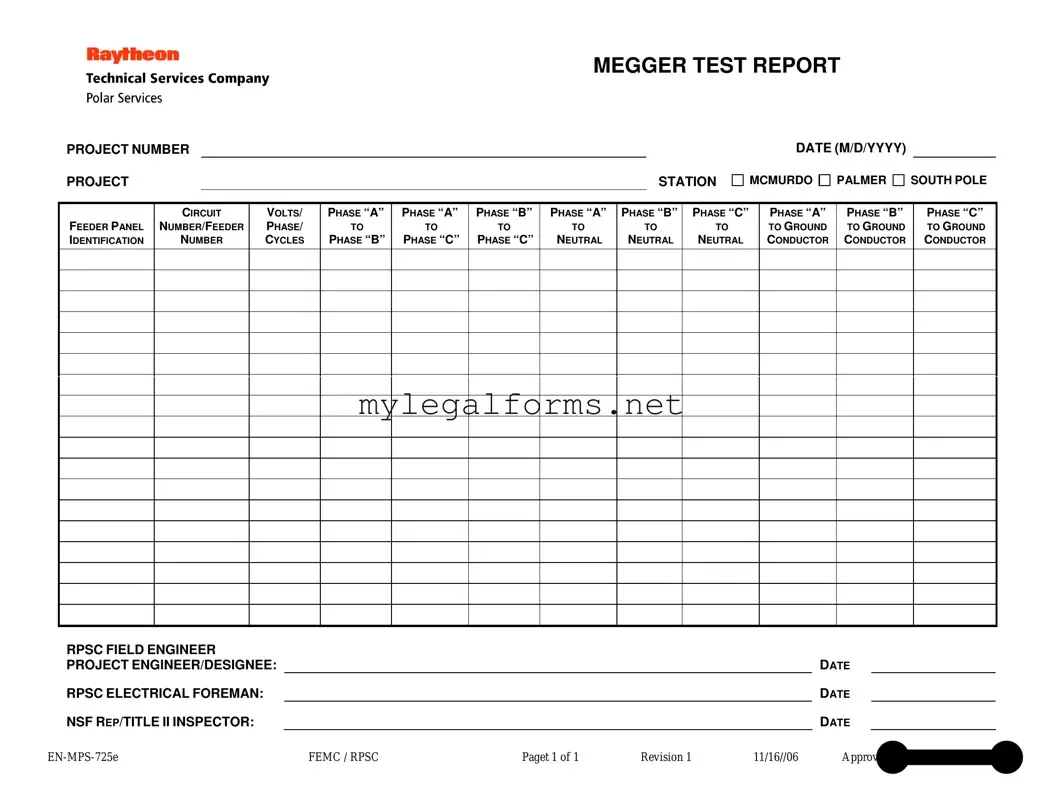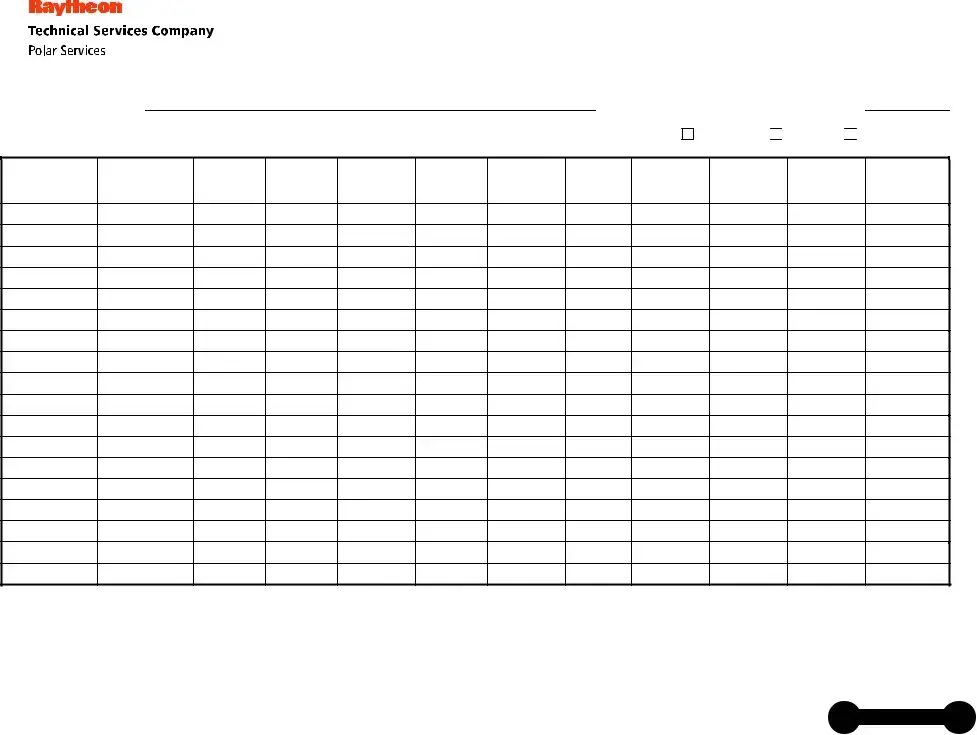Filling out the Megger Test form requires careful attention to detail. One common mistake is failing to include the project number. This number is essential for tracking and referencing the test results later. Without it, the report may become lost in the shuffle, leading to confusion and potential delays in project timelines.
Another frequent error is neglecting to specify the circuit number or feeder number. This information is crucial for identifying which circuit the test pertains to. Omitting this detail can result in misinterpretation of data, especially when multiple circuits are involved in a project.
People often overlook the date section as well. Proper documentation requires a clear record of when the test was conducted. Missing this detail can create issues in accountability and may complicate future inspections or audits.
Inaccuracies in the voltage, phase, and cycle entries can lead to significant misunderstandings. Testers sometimes misread or misrecord these values, which can affect the assessment of electrical systems. It is vital to double-check these figures to ensure they reflect the actual test conditions.
Another mistake occurs when testers fail to fill in the results for all phase comparisons. Each phase must be documented to provide a comprehensive view of the electrical system's performance. Incomplete data can lead to an inaccurate understanding of system integrity.
Additionally, the signatures of responsible personnel are sometimes missing. The RPSC field engineer, project engineer, and NSF representative all need to sign off on the report. Without these approvals, the document lacks validity and may not be accepted during reviews.
Lastly, it is important to note that using outdated forms can create confusion. The Megger Test form should always be the most current version. Outdated forms may lack necessary sections or updates that reflect current standards and practices. Always check for the latest revision before filling out the report.



 PALMER
PALMER 
 SOUTH POLE
SOUTH POLE